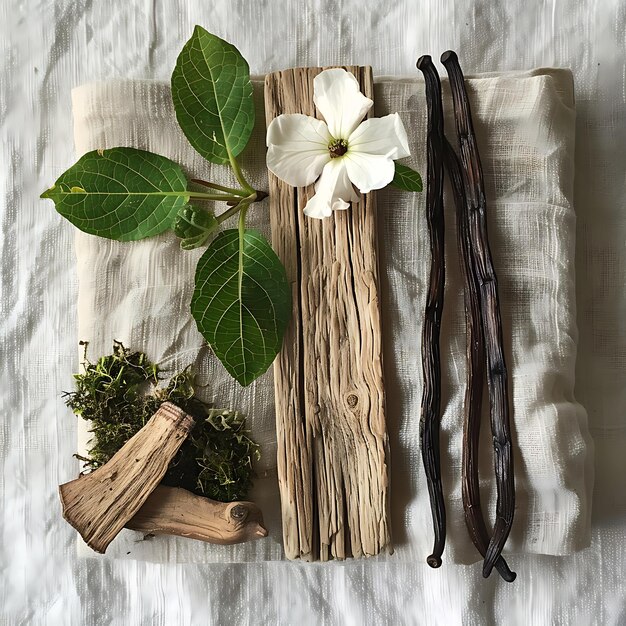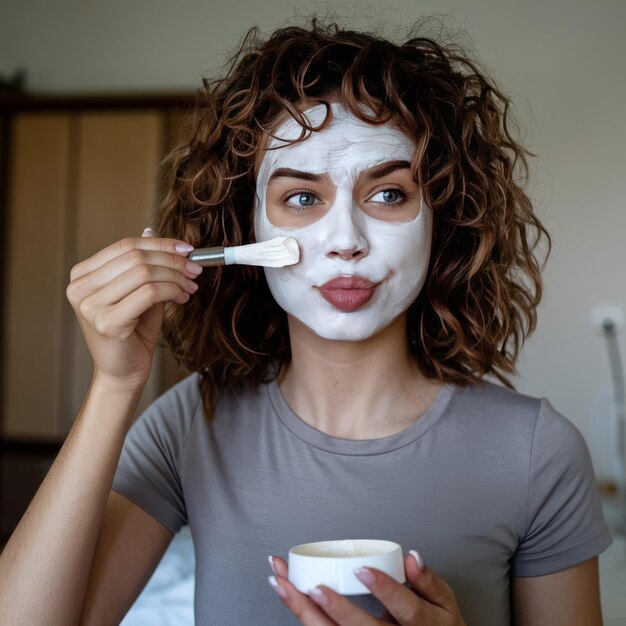Ask Ayurvedic doctor a question and get a consultation online on the problem of your concern in a free or paid mode. More than 2,000 experienced doctors work and wait for your questions on our site and help users to solve their health problems every day.
Shop Now in Our Store
Sindooradi Lepam – An Ayurvedic Remedy for Skin Health and Radiance

Introduction to Sindooradi Lepam
Sindooradi Lepam is a traditional Ayurvedic paste known for its remarkable ability to enhance skin health and promote a radiant complexion. Formulated with potent herbs and minerals, this treatment is used to address a variety of skin conditions, including acne, pigmentation, dark spots, and signs of aging. Sindooradi Lepam is often used in Ayurvedic skincare routines to detoxify, nourish, and rejuvenate the skin. By balancing the body's internal energies and applying the paste externally, this remedy brings out a glowing and healthy skin tone naturally.
Historical Roots & Ayurvedic Significance
In Ayurvedic texts, Sindooradi Lepam has been described as an effective treatment for skin-related disorders, especially those caused by imbalances in the Pitta dosha. Pitta governs heat and metabolism in the body, and when aggravated, it can lead to conditions such as acne, pimples, and pigmentation. Sindooradi Lepam helps balance Pitta while nourishing the skin, making it an ideal remedy for those looking to promote healthy, clear skin.
The use of Sindoor (vermilion) in the formulation adds to its significance in Ayurvedic medicine, as it is believed to possess therapeutic properties that support skin detoxification, balance the skin’s complexion, and improve circulation.
Key Components & Therapeutic Benefits
1. Key Ingredients in Sindooradi Lepam
Sindooradi Lepam is made from a blend of various Ayurvedic herbs and natural ingredients that work together to treat skin issues effectively. Some of the primary ingredients include:
- Sindoor (Vermilion): The main ingredient in Sindooradi Lepam, Sindoor is believed to have cooling, soothing, and detoxifying properties that purify the skin.
- Saffron (Crocus sativus): Known for its ability to lighten dark spots and pigmentation, Saffron helps promote a fair and even complexion.
- Turmeric (Curcuma longa): A powerful anti-inflammatory and antimicrobial herb that helps reduce acne, redness, and skin irritation.
- Sandalwood (Santalum album): Known for its cooling and soothing properties, Sandalwood helps reduce skin inflammation and irritation while moisturizing the skin.
- Neem (Azadirachta indica): An excellent herb for treating acne, skin infections, and rashes, Neem has antibacterial, antifungal, and anti-inflammatory properties.
- Aloe Vera (Aloe barbadensis): Known for its hydrating and skin-healing properties, Aloe Vera helps soothe irritation and promotes the healing of scars and wounds.
2. Treatment for Acne and Pimples
Sindooradi Lepam is widely used to treat acne and pimples due to its antimicrobial and anti-inflammatory properties. The herbs in the paste help reduce the bacteria that cause acne, calm the inflamed skin, and promote the healing of existing pimples. Regular application of Sindooradi Lepam can significantly reduce the occurrence of breakouts and improve the overall appearance of the skin.
3. Brightening and Lightening the Skin
One of the key benefits of Sindooradi Lepam is its ability to brighten and lighten the skin. Ingredients like Saffron and Turmeric help reduce pigmentation, dark spots, and uneven skin tone. The paste promotes a more radiant and youthful complexion by improving skin texture and addressing discoloration.
4. Skin Rejuvenation and Anti-Aging
Sindooradi Lepam is also used for its rejuvenating effects on the skin. The combination of soothing and nourishing herbs helps combat the signs of aging, such as fine lines and wrinkles. By improving circulation and encouraging cell regeneration, Sindooradi Lepam supports the skin’s natural elasticity and firmness, helping to restore a youthful appearance.
5. Skin Detoxification and Purification
The paste helps detoxify the skin by drawing out impurities and toxins that may be lodged in the pores. Regular use of Sindooradi Lepam can improve skin clarity, prevent clogged pores, and reduce the formation of blackheads and whiteheads. This detoxifying action is particularly beneficial for people with oily or acne-prone skin.
6. Soothing Skin Inflammation
Due to the anti-inflammatory properties of ingredients like Neem and Sandalwood, Sindooradi Lepam helps soothe and calm inflamed skin. Whether due to acne, irritation, or sensitivity, this paste provides immediate relief and reduces redness, making it ideal for sensitive skin.
How Sindooradi Lepam Works: The Science Behind the Formula
Sindooradi Lepam works on the principle of balancing Pitta dosha, which is primarily responsible for heat and inflammation in the body. By soothing Pitta and cooling the skin, the paste helps reduce acne and skin irritation. The combination of Saffron, Turmeric, Neem, and other herbs detoxifies the skin, removes impurities, and promotes a healthier complexion. These ingredients work synergistically to enhance blood circulation, accelerate the healing of wounds and scars, and maintain a balanced skin tone.
The application of Sindooradi Lepam acts as an Ayurvedic facial, rejuvenating the skin from within and addressing common skin issues like acne, pigmentation, and aging. It also provides essential nourishment to the skin, making it look fresh, glowing, and youthful.
How to Use Sindooradi Lepam for Skin Health
To achieve the best results, Sindooradi Lepam should be used regularly as part of your skincare routine. Here is a simple guide on how to use it:
- Cleanse the Skin: Begin by thoroughly cleansing your face with a gentle Ayurvedic face wash or lukewarm water to remove dirt, oil, and impurities.
- Apply the Paste: Take a small amount of Sindooradi Lepam and apply it evenly to your face or the affected area where skin issues are present. Make sure to avoid the sensitive areas around the eyes.
- Leave it on: Let the paste sit on the skin for 15-20 minutes, allowing it to penetrate and absorb into the skin.
- Rinse Off: After 15-20 minutes, gently rinse the paste off with lukewarm water. For added benefit, follow with a cooling rose water mist or Ayurvedic moisturizer.
- Frequency: For best results, use Sindooradi Lepam 2-3 times a week or as directed by your Ayurvedic practitioner.
Potential Side Effects & Precautions
Sindooradi Lepam is generally safe for most people when used as directed. However, as with any skincare treatment, it is important to consider the following precautions:
- Patch Test: Before using Sindooradi Lepam on your face, perform a patch test on a small area of skin to check for any allergic reactions or irritation.
- Avoid Sensitive Areas: Be cautious when applying the paste near sensitive areas such as the eyes and mucous membranes.
- Use as Directed: Follow the recommended application instructions and avoid overuse, which may cause irritation in some cases.
Frequently Asked Questions for Sindooradi Lepam
What is Sindooradi Lepam used for?
Sindooradi Lepam is used to treat various skin conditions, including acne, pigmentation, dark spots, and signs of aging. It brightens the skin, reduces inflammation, and promotes a healthy, radiant complexion.
How does Sindooradi Lepam help with acne?
Sindooradi Lepam contains ingredients like Neem, Turmeric, and Saffron, which have antimicrobial and anti-inflammatory properties. These ingredients help reduce acne-causing bacteria, calm inflammation, and promote healing.
Can Sindooradi Lepam be used for dark spots and pigmentation?
Yes, the herbal ingredients in Sindooradi Lepam, particularly Saffron and Turmeric, help lighten dark spots and pigmentation, promoting a more even skin tone and a brighter complexion.
Is Sindooradi Lepam suitable for sensitive skin?
Sindooradi Lepam can be used for sensitive skin, but it is important to perform a patch test before applying it to your face. If irritation occurs, discontinue use and consult a skincare professional.
How often should I use Sindooradi Lepam?
It is recommended to use Sindooradi Lepam 2-3 times a week for optimal results. However, frequency may vary depending on your skin type and condition, so consult an Ayurvedic practitioner for personalized advice.
Can Sindooradi Lepam be used for signs of aging?
Yes, Sindooradi Lepam helps rejuvenate the skin, reduce fine lines and wrinkles, and improve elasticity, making it beneficial for anti-aging purposes.
Where can I buy authentic Sindooradi Lepam?
Authentic Sindooradi Lepam can be purchased from reputable Ayurvedic stores, pharmacies, or online retailers specializing in Ayurvedic skincare products. Always check for the authenticity and quality of the product before purchasing.
Conclusion & Expert Insights
Sindooradi Lepam is an effective Ayurvedic remedy that offers a natural approach to improving skin health, addressing acne, pigmentation, aging, and other skin concerns. By balancing Pitta dosha, detoxifying the skin, and nourishing it with potent herbs, this paste promotes clear, glowing, and youthful skin. For best results, incorporate Sindooradi Lepam into your regular skincare routine, following the guidance of an Ayurvedic practitioner for personalized care.
References & Further Reading
- Lad, V. (2002). Ayurveda: The Science of Self-Healing.
- Sharma, P.V. (1995). Dravyaguna Vijnana: A Textbook of Ayurvedic Pharmacology.
- National Institute of Ayurveda:
- Journal of Ayurveda and Integrative Medicine for research articles on Ayurvedic skincare and treatments.
This article is checked by the current qualified Dr Sujal Patil and can be considered a reliable source of information for users of the site.



